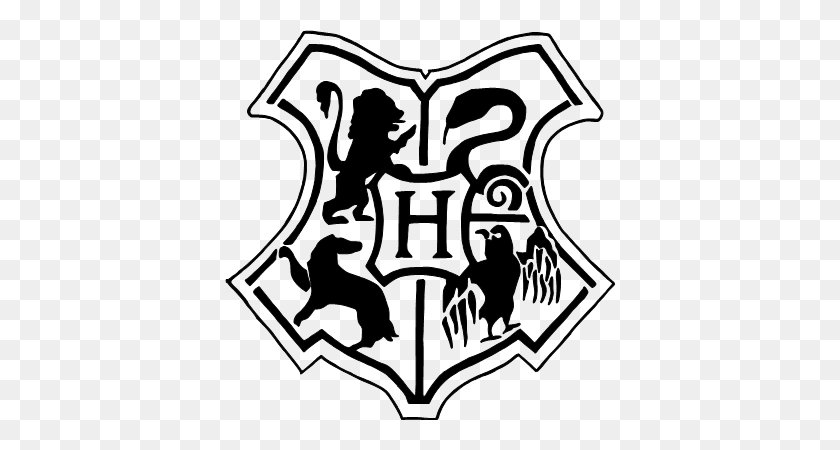

The "double spiral of hair running downwards from the base of the ear" is said to be a hallmark of Iranian (Uratrian) art. The tendril motif emerged at the beginning of the first millennium, BC., in various parts of the Orient. Single- or double-streaked tendrils hang down both sides and behind the griffin's neck, carven on some of the Greek protomes. There may also be so-called "tendrils", or curled "spiral-locks" depicted, presumably representing either hair/mane or feather/crest locks dangling down. National Etruscan Museum of Villa Giulia, Rome. 8th - 7th centuries B.C., from Barberini tomb. Middle Persian Paškuč is also attested in Manichaean magical texts (Manichaean Middle Persian: pškwc), and this must have meant a "griffin or a monster like a griffin" according to W. However, the cognate term Baškuč (glossed as 'griffin') also occurs in Middle Persian, attested in the Zoroastrian cosmological text Bundahishn XXIV, where Sēnmurw appears alongside as a separate creature. Schmidt characterized as the counterpart of the simurgh. There is also the Armenian term Paskuč ( Armenian: պասկուչ) that had been used to translate Greek gryp 'griffin' in the Septuagint, which H. The term Sēnmurw is recognized as the etymological ancestor of simurgh, which is generally regarded as a mythological bird (rather than a composite) in later medieval Persian literature, though some argue that this bird may have originated from the Mesopotamian lion-griffin. Litvinskij argued for the possibility that the application of this term may extend to the griffin. Middle Persian Sēnmurw in Sasanian culture was a fabulous composite creature, and Russian archaeologist Boris A. Possible Old or Middle Iranian names for the creature have been discussed.

However, the practice of referring to ancient Iranian griffin objects or monuments as shirdal, is not followed by other current archaeological scholarship (e.g, here ). In the modern Persian language, the griffin has come to be called shirdal ( Persian: شیردال), meaning 'lion-eagle'.


 0 kommentar(er)
0 kommentar(er)
